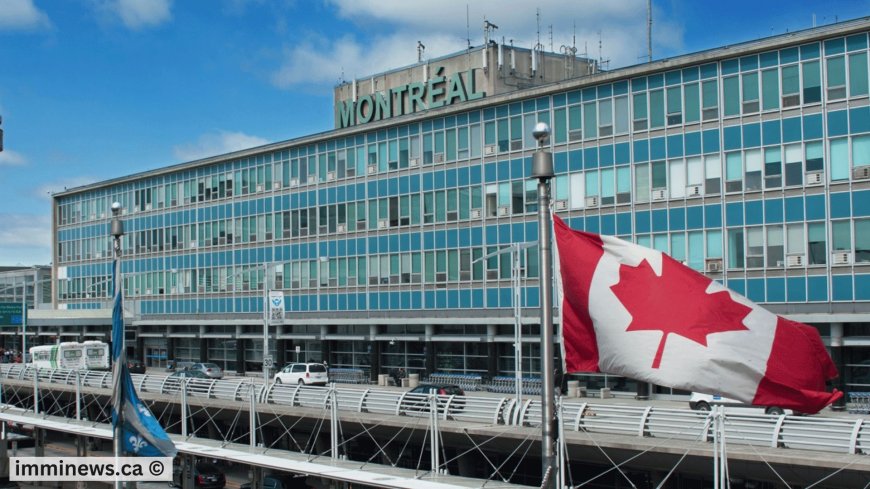1. Temporary Resident Reduction Target
To better control the number of temporary residents, the Canadian government has set a goal to reduce the temporary resident population from 6.5% of Canada’s total population to 5% by 2026. This adjustment aligns with broader immigration strategies intended to address labor market needs while maintaining sustainable levels of migration.
Key Implications:
- Managing Economic Recovery: In response to the pandemic’s labor shortages, Canada initially increased immigration to support businesses and economic recovery. However, with recent changes in the labor market, the focus has shifted toward optimizing the resident population to ensure economic stability.
- Stronger Immigration System: Canada’s strategy now emphasizes sustainable growth and a well-managed system to meet long-term economic needs.
2. Post-Graduation Work Permit (PGWP) Program Adjustments
The PGWP Program has undergone modifications to better align with labor market conditions and immigration goals. Starting November 1, 2024, new language proficiency requirements will be implemented for applicants.
Specific Changes:
- Language Proficiency: Applicants for PGWPs must demonstrate minimum proficiency in one of Canada’s official languages:
- University Graduates: Canadian Language Benchmark (CLB) level 7.
- College Graduates: CLB level 5.
- Eligibility Based on Study Field: Graduates from public colleges remain eligible for a PGWP of up to three years, provided their field of study aligns with occupations experiencing long-term labor shortages.
3. Other Key Immigration Revisions
Reduction in Study Permit Targets
To manage the increasing influx of international students, the intake target for study permits will be reduced by 10% from the 2024 goal of 485,000 to 437,000 for 2025. The target for 2026 will then stabilize, maintaining the same level as 2025.
Restrictions on Spousal Work Permit Eligibility
- For Master’s Students: Spousal work permits will now be available only if the master’s program is a minimum of 16 months in duration.
- For Foreign Workers: Work permits for spouses of foreign workers will be limited to those in management, professional roles, or in sectors experiencing labor shortages under Canada’s Temporary Foreign Worker Program (TFWP) and the International Mobility Program (IMP).
Asylum Claim Revisions
- Visa Requirements for Mexican Nationals: Canada will introduce partial visa requirements for individuals from Mexico.
- Improvements to Processing: Efforts are underway to enhance asylum claim processing and streamline decision-making.
These changes reflect Canada’s commitment to refining its immigration system to address current economic challenges while ensuring long-term sustainability. By adjusting temporary resident caps, revising post-graduation work permit requirements, and fine-tuning study and work permit eligibility, the Canadian government aims to build a more adaptable and resilient immigration framework.
Canada remains dedicated to supporting newcomers while balancing the needs of its labor market and broader economy. These updates underscore a proactive approach to managing immigration in a way that maximizes benefits for both the country and its immigrants.

 Like
0
Like
0
 Dislike
0
Dislike
0
 Love
0
Love
0
 Funny
0
Funny
0
 Angry
0
Angry
0
 Sad
0
Sad
0
 Wow
0
Wow
0






































































